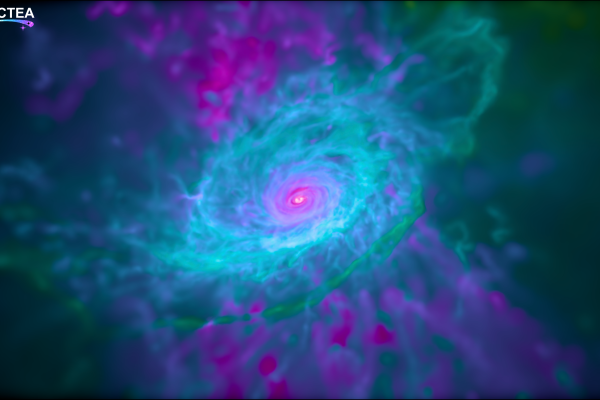To optimise the transmission of light from the vacuum of space into the silicon of the light detectors, the silicon is covered with a very thin anti-reflective (AR) coating. The thickness chosen for that layer depends on the wavelength range which is to be observed with a particular CCD detector.
The model of the CCDs used for that purpose does not only allow to determine the amount of light that is absorbed by the CCDs as a function of wavelength, but also to compute the fraction of light reflected from its surface. Using the latter information, it is possible to compute the colour of the CCDs as a human being would see them, as a function of the thickness of the AR coating. The colour of the Gaia's eyes.
The small frame in the image shows the colour in which a human being would see a Gaia CCD as a function of thickness of the AR coating.
Credits: ESA/Gaia/Airbus DS/DPAC/IEEC-ICCUB/M.Weiler



